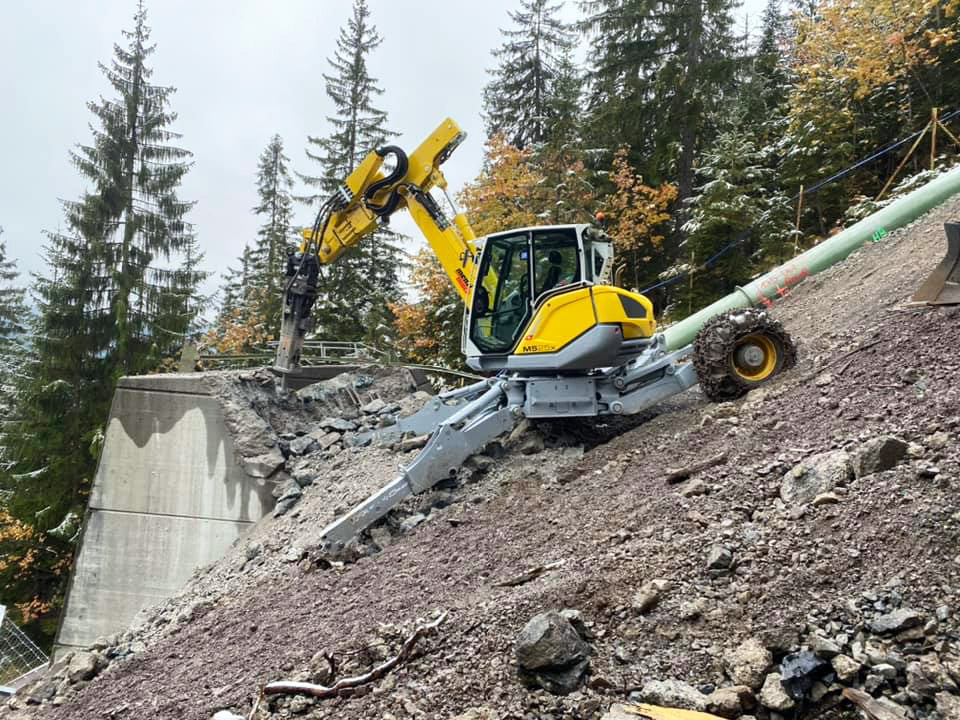
10 Tips for Operating a Spider Excavator on a Slope
When it comes to mastering the operation of spider excavators on slopes, precision, safety, and technique are paramount. These versatile machines such as Menzi Muck, known for their spider-like legs, excel in navigating treacherous terrains, making them indispensable for various construction and excavation tasks. Below, we highlight essential tips, safety precautions, and the latest advancements to ensure optimal performance and safety.
Safety Precautions
1. Know the Slope Limits
An excavator should ideally not be operated on slopes steeper than 70% due to engine lubrication requirements and stability concerns. Deeper oil pans may help in steeper angles but tread cautiously.
2. Proper Leg Positioning
Ensure the legs of the spider excavator are positioned securely to provide maximum stability. Each leg operates independently, allowing for adjustments that counterbalance the machine on uneven ground.
3. Use the Correct Machine
Always use the right spider excavator model suited for the terrain you are dealing with. Some models, like the Menzi Muck 545x, offer exceptional stability. The Menzi Muck's price can range depending on the package selected and the attachment features required.
Weight Distribution and Stability
Keep the boom and front attachment close to the ground, especially when moving up or down slopes. This lowers the center of gravity and significantly reduces the tipping risk.
5. Attachment Direction
When traversing a slope, ensure the tracks point up or down rather than sideways. The attachment should never be raised when traveling, as this can destabilize the machine.
6. Use the Dozer Blade
If your spider excavator has a dozer blade, lower it on the slope below you to stabilize the footing. This minimizes the risk of tipping or sliding.
Advanced Techniques
7. Walking Joystick and Throttle Control:
When descending steep slopes, use the walking and throttle joystick to maintain low speed. If needed, place the joystick in neutral to engage the brake automatically.
8. Create Shelves or Benches:
Carve out a level bench or shelf into the slope for enhanced stability. This helps keep the machine on stable ground, reducing the risk of rollovers.
9. Pressure on the Bucket:
Use the bucket as an anchor by keeping pressure on it while traversing slopes. This technique acts as an anti-tip measure and provides additional stability.
Advancements in Spider Excavator Operation
10. (Bonus) Recent innovations have made these machines even more capable.
For example, hydraulic system advancements have enhanced each leg's precision and control. Modern spider excavators also feature better weight distribution mechanisms and improved oil pan designs to handle steeper inclines.
Operating a spider excavator on a slope requires meticulous attention to safety, proper machine selection, and advanced techniques. By following these guidelines, operators can ensure a safe and productive working environment on even the most challenging terrains.